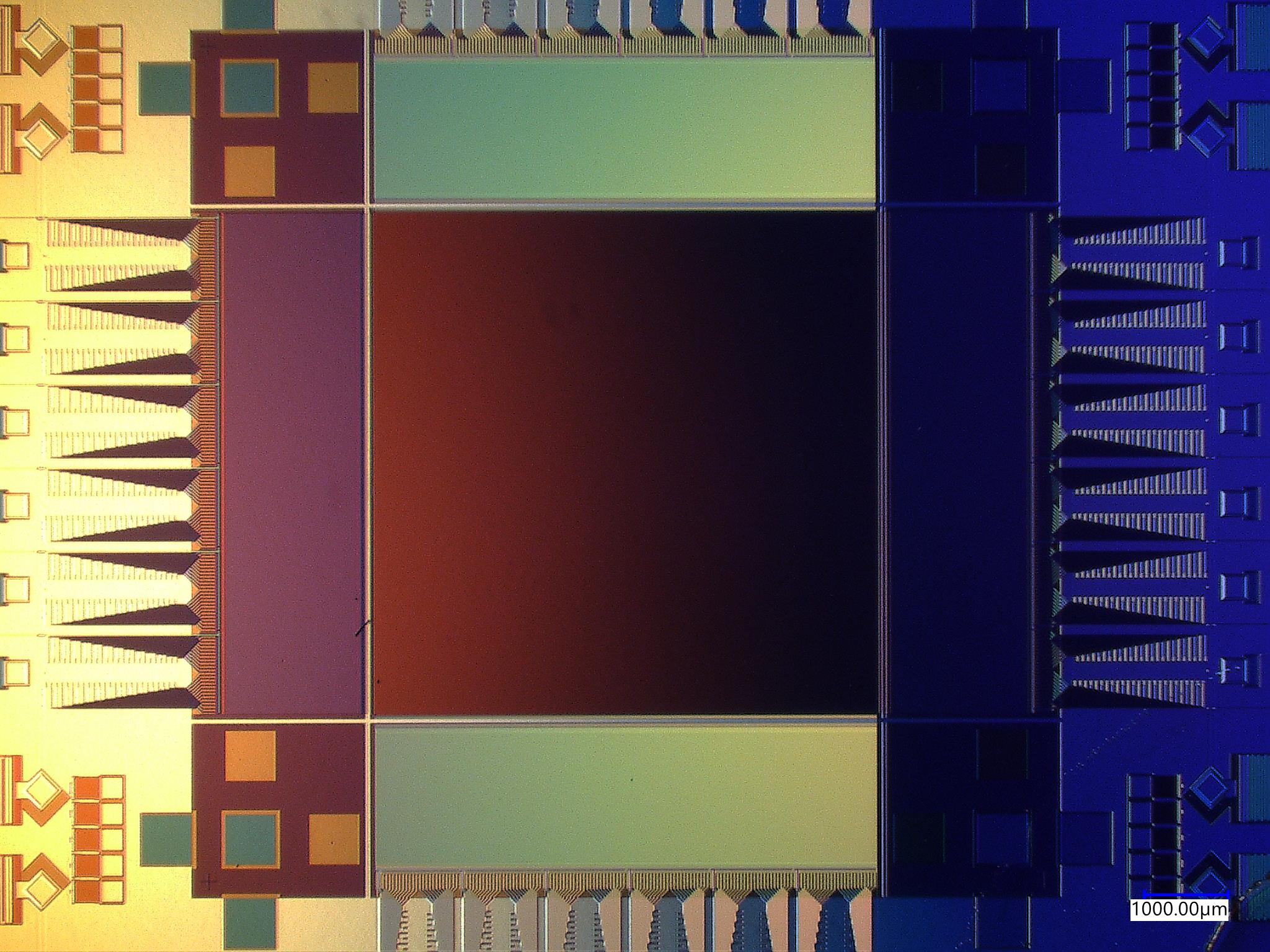4 min read
NASA is celebrating the Hubble Space Telescope's 30 years of unlocking the beauty and mystery of space by unveiling a stunning new portrait of a firestorm of starbirth in a neighboring galaxy.
In this Hubble portrait, the giant red nebula (NGC 2014) and its smaller blue neighbor (NGC 2020) are part of a vast star-forming region in the Large Magellanic Cloud, a satellite galaxy of the Milky Way, located 163,000 light-years away. The image is nicknamed the "Cosmic Reef," because it resembles an undersea world.

Thirty years ago, on April 24, 1990, Hubble was carried aloft from NASA's Kennedy Space Center in Florida aboard the space shuttle Discovery, along with a five-astronaut crew. Deployed into Earth orbit a day later, the telescope opened a new eye onto the cosmos that has been transformative for our civilization.
Learn more about Hubble by visiting nasa.gov/hubble and following @NASAHubble on Facebook, Twitter and Instagram.
Hubble is revolutionizing modern astronomy, not only for scientists, but also by taking the public on a wondrous journey of exploration and discovery. Hubble's never-ending, breathtaking celestial snapshots provide a visual shorthand for Hubble's top scientific achievements. Unlike any space telescope before it, Hubble made astronomy relevant, engaging and accessible for people of all ages. The space telescope's iconic imagery has redefined our view of the universe and our place in time and space.
"Hubble has given us stunning insights about the universe, from nearby planets to the farthest galaxies we have seen so far," said Thomas Zurbuchen, associate administrator for science at NASA Headquarters in Washington, D.C. "It was revolutionary to launch such a large telescope 30 years ago, and this astronomy powerhouse is still delivering revolutionary science today. Its spectacular images have captured the imagination for decades, and will continue to inspire humanity for years to come."
Unencumbered by Earth's blurring atmosphere, the space observatory unveils the universe in unprecedented crystal-clear sharpness across a broad range of wavelengths, from ultraviolet to near-infrared light.
NASA's Goddard Space Flight Center
Hubble's top accomplishments include measuring the expansion and acceleration rate of the universe; finding that black holes are common among galaxies; characterizing the atmospheres of planets around other stars; monitoring weather changes on planets across our solar system; and looking back in time across 97% of the universe to chronicle the birth and evolution of stars and galaxies.
Hubble has yielded to date 1.4 million observations and provided data that astronomers around the world have used to write more than 17,000 peer-reviewed scientific publications, making it the most prolific space observatory in history. Its archival data alone will fuel future astronomy research for generations to come.
Hubble's longevity can be attributed to five space shuttle servicing missions, from 1993 to 2009, in which astronauts upgraded the telescope with advanced instruments, new electronics and on-orbit repairs. The venerable observatory, with its suite of cameras and other instruments, is expected to stay operational through the 2020s, in synergy with the upcoming James Webb Space Telescope.
The Hubble Space Telescope is a project of international cooperation between NASA and ESA (the European Space Agency). NASA's Goddard Space Flight Center in Greenbelt, Maryland, manages the telescope. The Space Telescope Science Institute (STScI) in Baltimore conducts Hubble science operations. STScI is operated for NASA by the Association of Universities for Research in Astronomy in Washington, D.C.
Claire Andreoli
NASA's Goddard Space Flight Center, Greenbelt, Md.
301-286-1940
claire.andreoli@nasa.gov
Donna Weaver / Ray Villard
Space Telescope Science Institute, Baltimore
410-338-4493 / 410-338-4514
dweaver@stsci.edu / villard@stsci.edu







